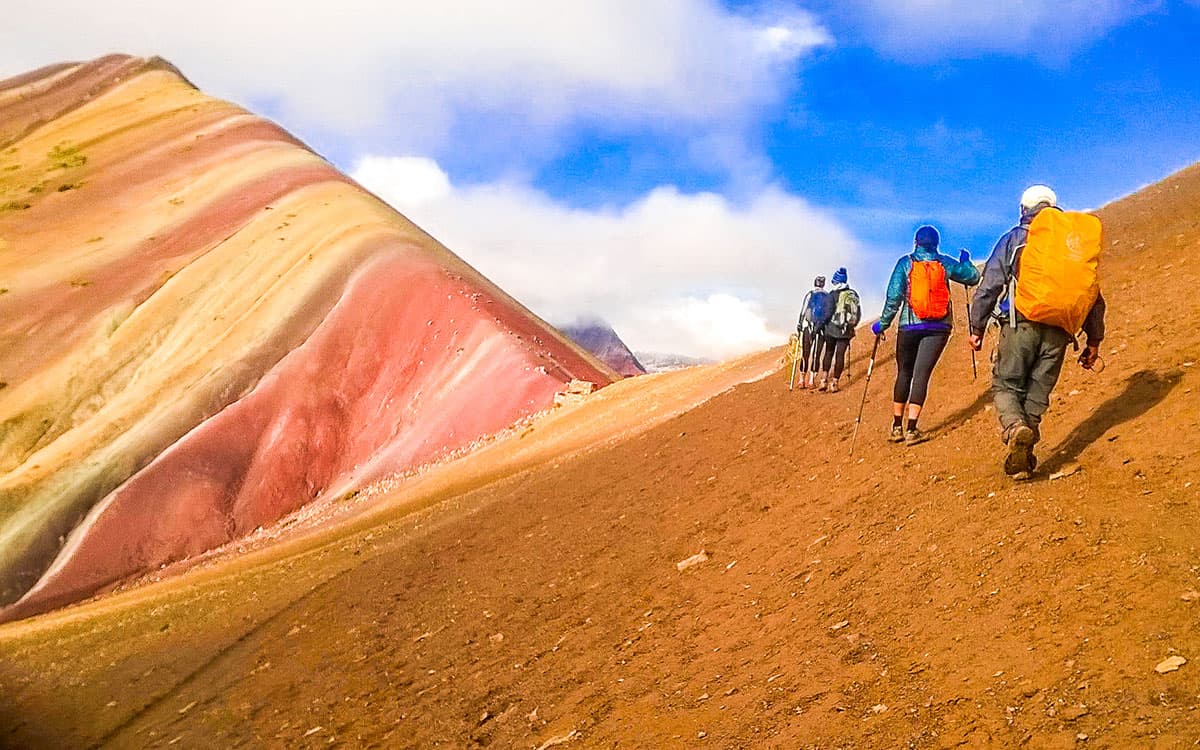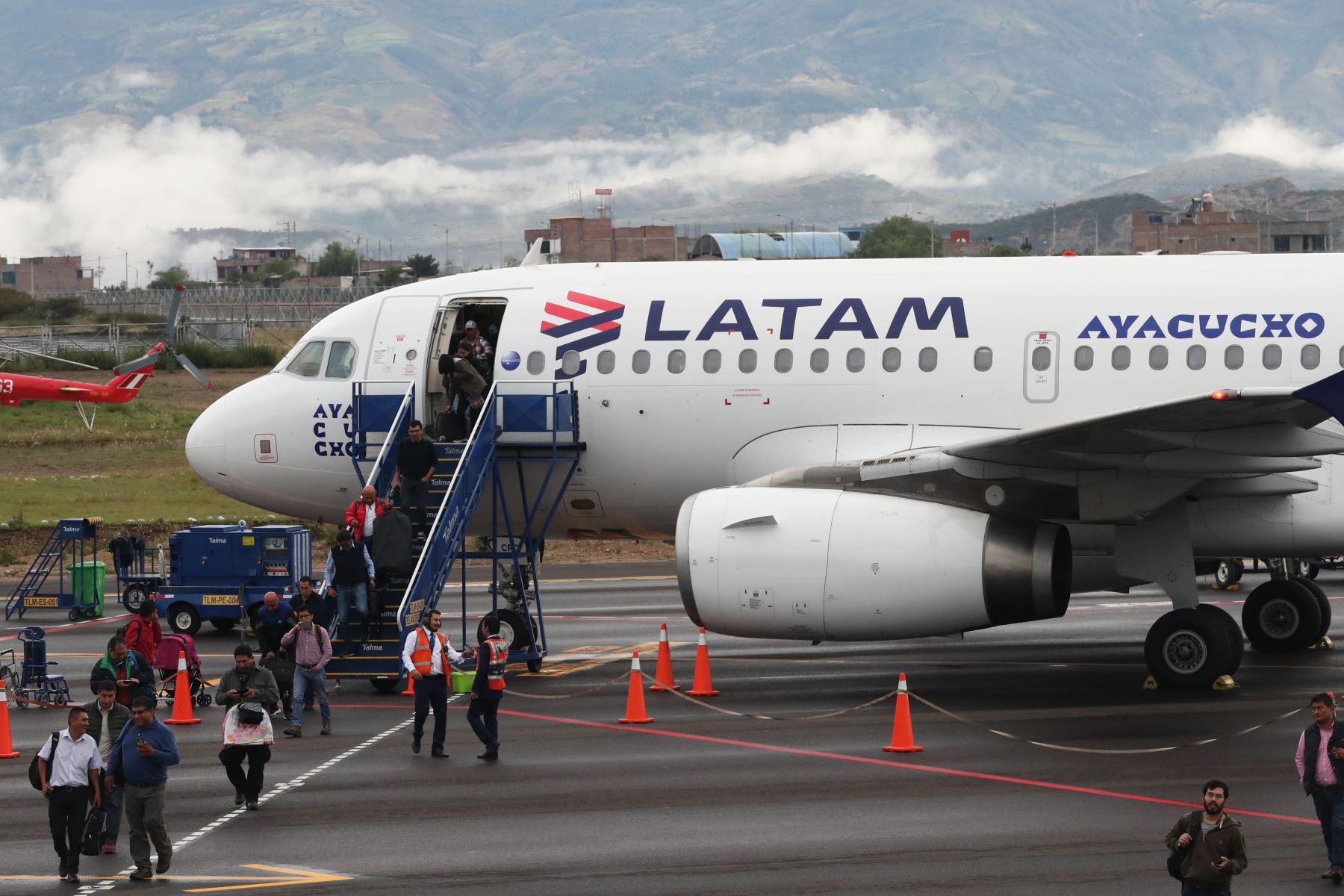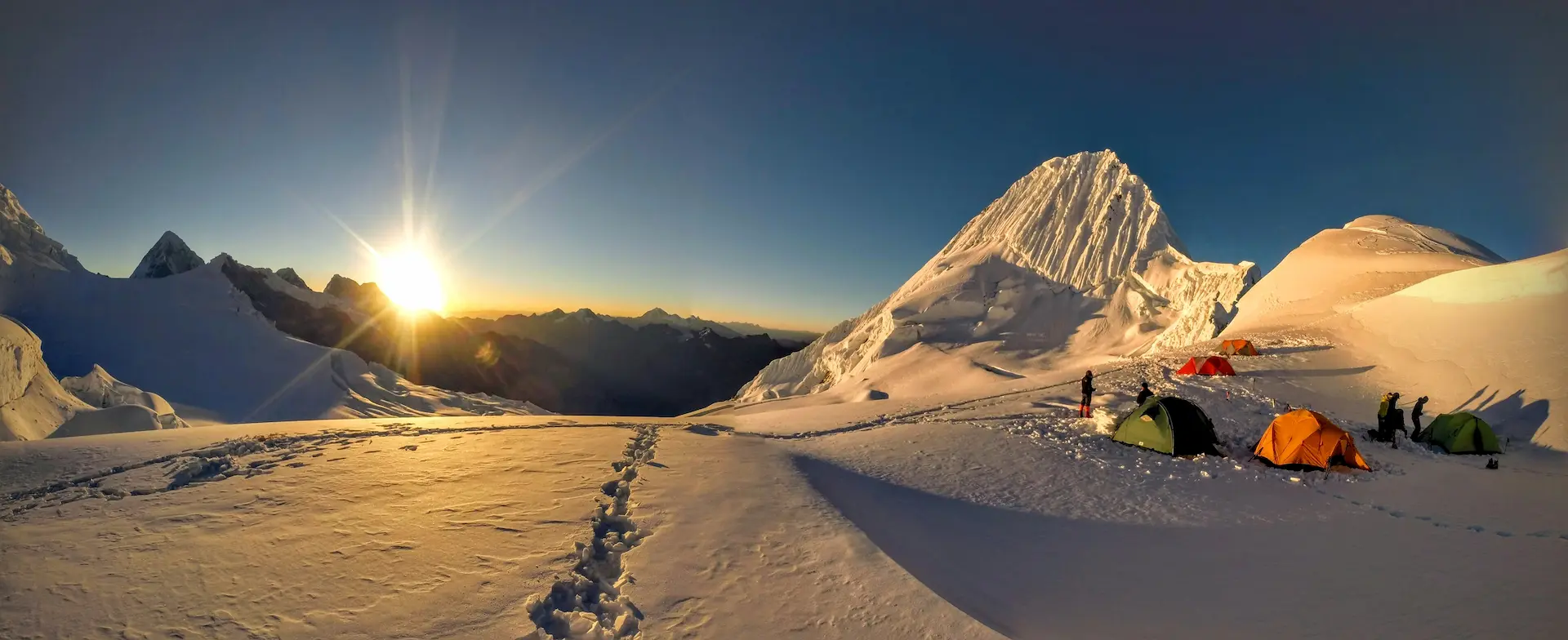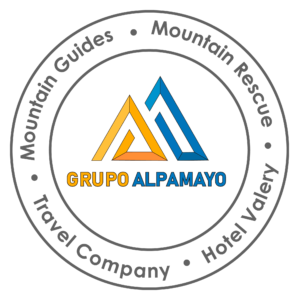Cusco Altitude | How to Prevent Altitude Sickness in Cusco
Are you planning to visit Cusco and the highlights of this region? Here and in the following article, you will find the most important information about the Cusco altitude and the most visited places around Cusco!
Cusco City Altitude
Cusco is a city located in the middle of the Peruvian Andes at an altitude of 3,360 meters (11,023 feet) above sea level. Cusco is not a flat city due it is located in a valley and the elevation can be varied according which part of Cusco you are. On the upper part of Cusco (San Blas, San Cristobal, Santa Ana, and Lucrepata neighborhoods), the elevation is higher than the Cusco main plaza. And on the lower part of Wanchaq, Huancaro, and Santiago, the elevation is lower; the varied levels of elevation are between 60 and 80 meters according to the location.
What about Machu Picchu altitude?
For sure, you as a traveler have a plan to visit Machu Picchu as the main goal, and it is very important to know about its elevation. Machu Picchu is located on the Andean foothills to the northwest of Cusco. This archaeological site has an elevation of 2,430 meters (7,979 feet) above sea level, making it lower than Cusco. However, many people decide to stay in Machu Picchu town, also called Aguas Calientes town, where there are all the hotels and restaurants. It is located below the Machu Picchu Inca site. The elevation of this town is 2,040 meters (6,692 feet).
The Altitude of the Sacred Valley of the Incas
The Sacred Valley located 35km away on the northwest of Cusco city, and the altitude could be varied according which part of the valley you are. These are the exact altitudes of each town that is located along the Sacred Valley of the Incas.
- Pisaq: 2,980 meters / 9,776 feet above sea level
- Calca: 2,929 meters / 9, 609 feet above sea level
- Urubamba: 2,870 meters / 9,416 feet above sea level
- Ollantaytambo: 2,792 meters / 9,160 feet above sea level
Take note that each of these places has some Inca archaeological sites that can be higher than the same town. For example:
- Pisac Archaeological site: 3,340 meters / 10,958 feet above sea level
- Moray archaeological site: 3500 meters / 11,482 feet above sea level
- Chinchero archaeological site: 3,754 meters / 12,316 feet above sea level
- Salt Mines of Maras or Salineras: 3,002 meters / 9,849 feet above sea level
The Rainbow Mountain altitude
The Rainbow Mountain is one of the most visited places in all of Cusco, and it is on the bucket list of many travelers. This mountain is located on the southern site of Cusco. The altitude of this mountain is 5,036 meters (16,522 feet) above sea level at the viewing point.
However, the trailhead begins over 4,630 meters (15,190 feet) above sea level, where the bus station is located.
In case you want to explore the Red Valley, it is a little lower than Rainbow Mountain. The altitude of this amazing red valley is 4,985 meters (16,354 feet) above sea level.
The Humantay Lake altitude
For many adventure people the Humantay Lake is one place that you don’t miss out during your journey in Cusco, its wonderful turquoise colors and the background mountain make impressive this lake.
It is located on the northwest side of Cusco, near the Mollepata district on the way to Salkantay Mountain. It has an altitude of 4,200 meters (13,779 feet) above sea level.
Keep in mind that the hike for this lake tour begins at 3,810 meters (12,500 feet) above sea level.
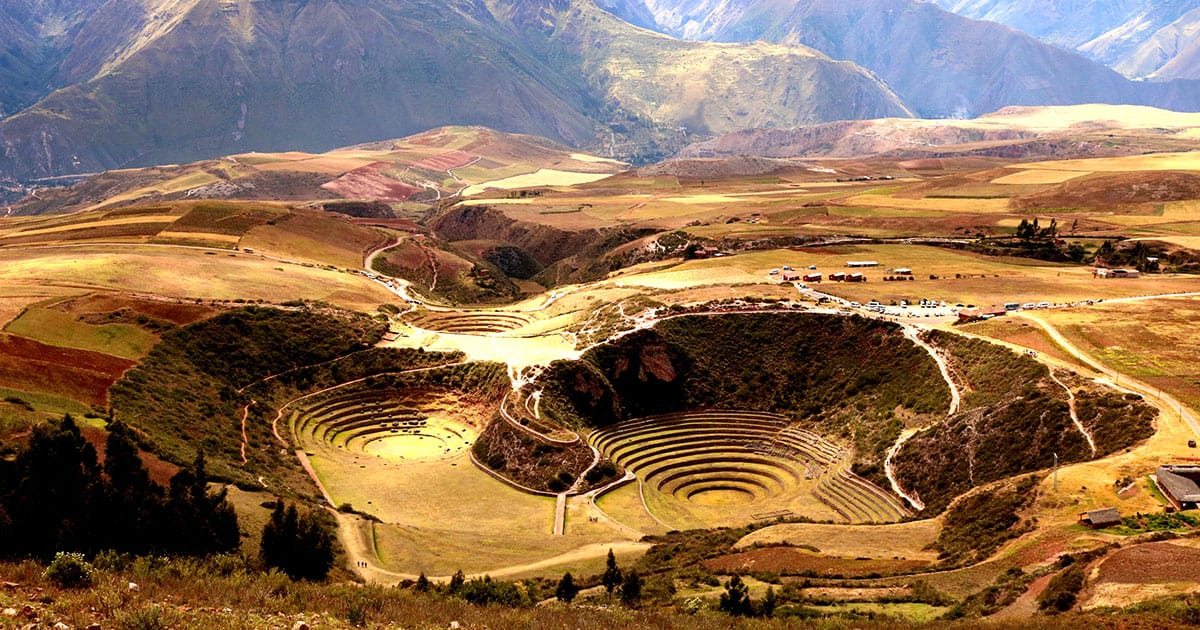
Saccsayhuaman and around
Cusco has fantastic archaeological sites that can be visited during your journey, and some of them are located near Cusco city; these places are mostly included during the city tour activity.
Here are the exact altitudes of each highlight around Cusco.
- Saccsayhuaman: 3,500 meters / 11,482 feet above sea level.
- Qenqo: 3,580 meters /11,745 feet above sea level.
- Puca Pucara: 3,620 meters / 11,876 feet above sea level.
- Tambo Machay: 3,700 meters / 12,138 feet above sea level.
What is the altitude sickness and what cause it?
Altiude sickness, also known as soroche or mountain sickness, is a group of symptoms that can strike if you walk or climb to a higher elevation, or altitude, too quickly. if you are not used to be over 2,500 meters / 8,202 feet definitely you’will experience some of the high altitude symtoms.
What causes the altitude sickness?
The pressure of the air that surrounds you is called barometric or atmospheric pressure. When you go to higher altitudes, this pressure drops, and there is less oxygen available.
If you live in a place that’s located at a moderately high altitude, you get used to the air pressure. But if you travel to a place at a higher altitude than you’re used to, for example, Cusco, your body will need time to adjust to the change in pressure.
Any time you go above 8,000 feet, you can be at risk for altitude sickness.
What Are Altitude Sickness Symptoms?
If you live below 1,000 meters above sea level and visit Cusco, it is most likely that you will feel the following symptoms of altitude sickness.
- Headache
- Dizziness
- Nausea
- Vomiting
- Fatigue and loss of energy
- Shortness of breath
- Problems with sleep
- Loss of appetite
Symptoms usually come on within 12 to 24 hours of reaching a higher elevation and then get better within a day or two as your body adjusts to the change in altitude.
If you have a more moderate case of altitude sickness, your symptoms might feel more intense and not improve with over-the-counter medications. Instead of feeling better as time goes on, you’ll start to feel worse. You’ll have more shortness of breath and fatigue.
How Can Altitude Sickness in Cusco Be Prevented?
The best way you can lower your chance of getting altitude sickness is through acclimatization. That means you let your body slowly get used to the changes in air pressure as you travel to higher elevations.
You’ll want to climb to higher altitudes gradually. Going slowly helps your lungs get more air through deeper breaths and allows more of your red blood cells to carry oxygen to different parts of your body.

Some basic guidelines for acclimatization are:
- Start your journey below 10,000 feet. If you have to fly or drive somewhere that’s higher up, stop at one destination that’s lower for at least a full day before going any higher Arequipa or Ica could be a great option before to reach Cusco.
- If you do fly or drive somewhere and can’t spend time at lower elevations on the way, the drug acetazolamide can help speed up acclimatization.
- If you walk, hike, or climb over 10,000 feet, only go up an additional 1,000 feet per day. For every 3,000 feet you climb, rest at least a day at that height.
- “Climb high and sleep low”: If you have to climb over 1,000 feet in a day, make sure you come back down to a lower altitude to sleep.
- Drink 3-4 quarts of water every day, and make sure about 70% of your calories are coming from carbs.
- Don’t use tobacco, alcohol, or medications such as sleeping pills, especially for the first 48 hours. Caffeine is OK if you normally drink it.
- Don’t vigorously exercise for the first 48 hours.
- Know how to identify the first signs of altitude sickness. Move to a lower elevation right away if you start to have these symptoms.
How Vidal Expeditions Team will help with the Cusco Altitude Sickness ?
At Vidal Expeditions we know very well that our 65% of customers comes from the sea level and more of them are not used to be over 3,360 meteres / 11,023 feet. That is why we seriously care about every symptom of this altitude sickness. All our team members are very well trained to deal with any type of emergency.
All our tour guide will carry an oxygen tank and an item of First Aid Kit during our different excursions.
“When our team are well prepared, you are safe and you will enjoy your joruney”
